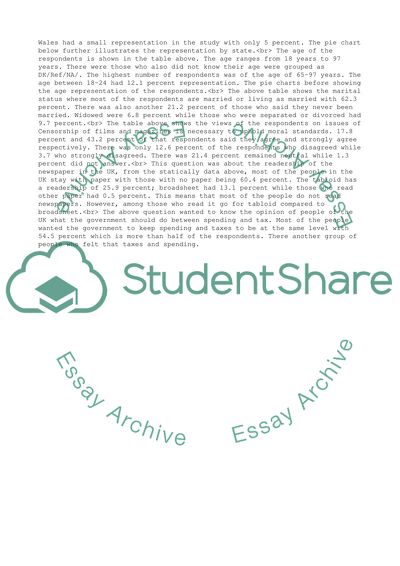Cite this document
(Research Methods for Business and Management Assignment - 1, n.d.)
Research Methods for Business and Management Assignment - 1. Retrieved from https://studentshare.org/management/1631287-quantitative-methods-in-business-management
Research Methods for Business and Management Assignment - 1. Retrieved from https://studentshare.org/management/1631287-quantitative-methods-in-business-management
(Research Methods for Business and Management Assignment - 1)
Research Methods for Business and Management Assignment - 1. https://studentshare.org/management/1631287-quantitative-methods-in-business-management.
Research Methods for Business and Management Assignment - 1. https://studentshare.org/management/1631287-quantitative-methods-in-business-management.
“Research Methods for Business and Management Assignment - 1”, n.d. https://studentshare.org/management/1631287-quantitative-methods-in-business-management.


